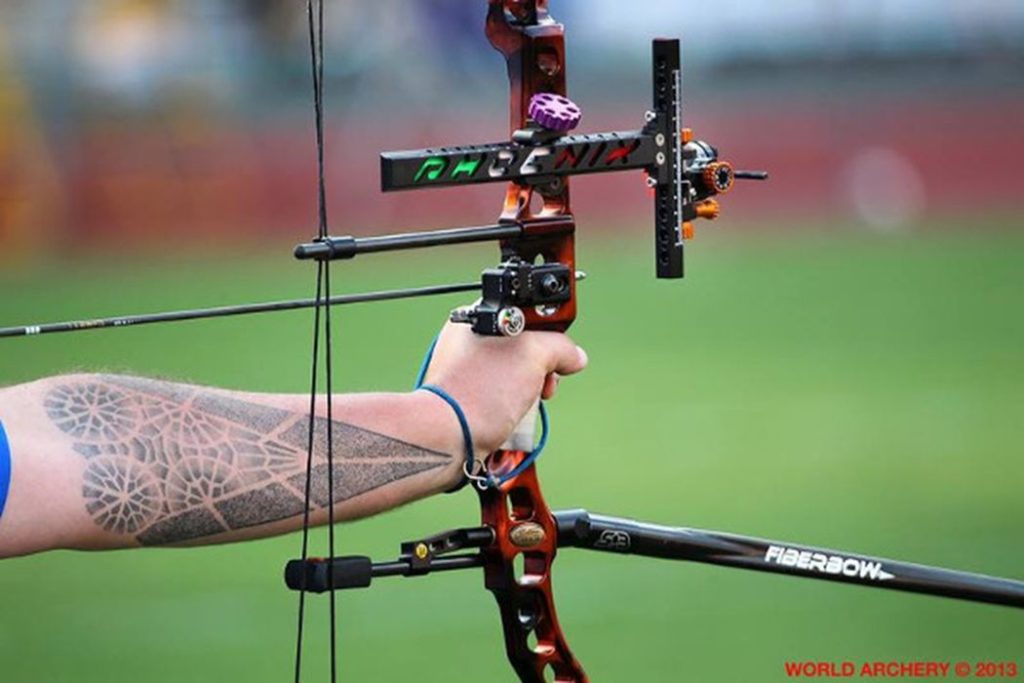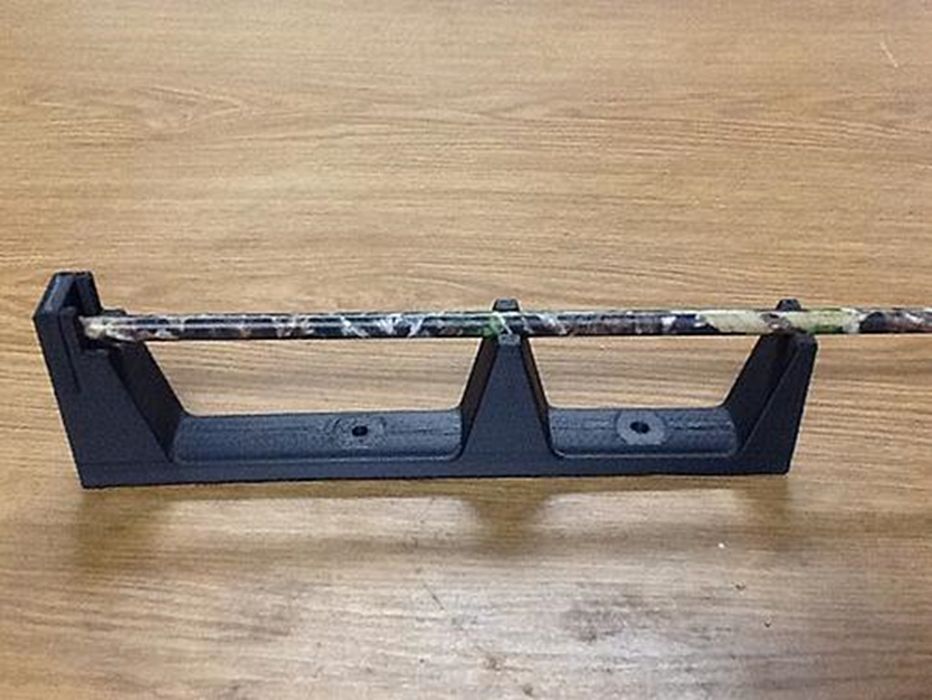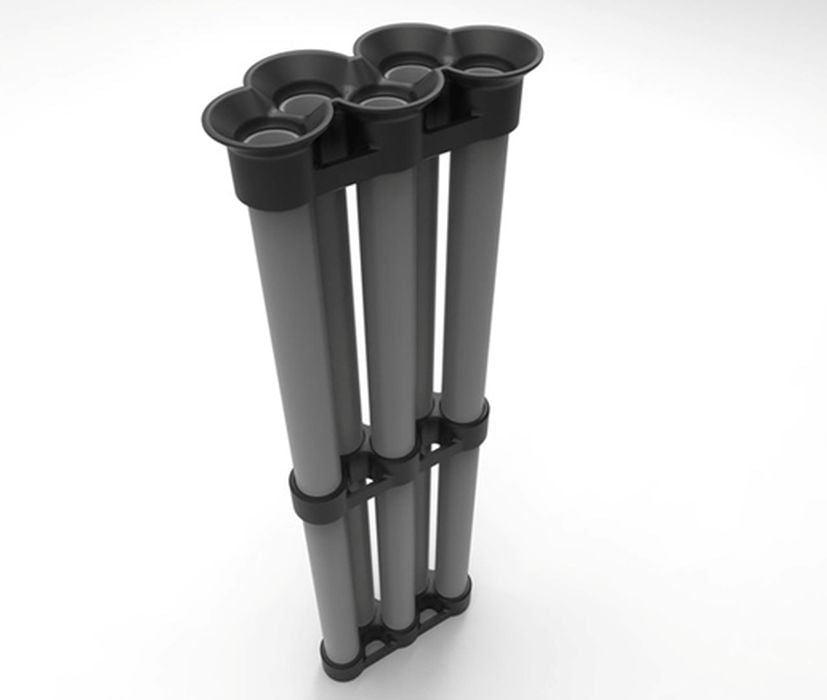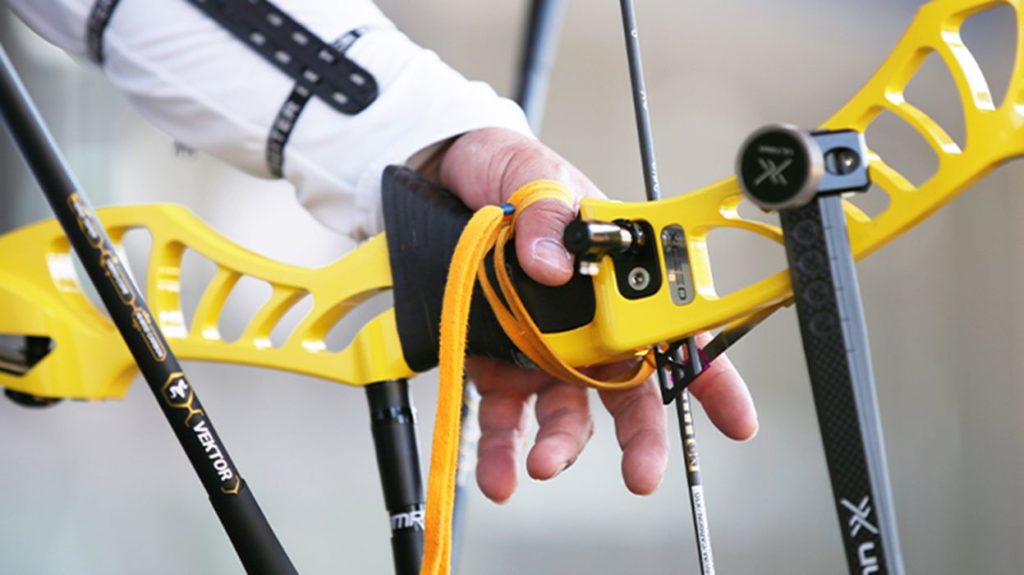Charles R. Goulding and Preeti Sulibhavi look at how media has stimulated the use of 3D printing for the sport of archery.

Hawkeye, the new Disney Plus TV serial, stars Jeremy Renner as Hawkeye, the Marvel Avenger master archer hero, along with Hailee Steinfeld, as his young archer sidekick. Other members of the all-star cast include, Vera Farmiga and Vincent D’Onofrio.
This engaging series should provide an additional boost to this popular sport which is growing in popularity for people of all ages. The previous Hunger Games movie series, which had box office sales of $3 billion and starred Jennifer Lawrence as an archer, also measurably increased interest in the archery category.
There are many examples of 3D printing applications for archery. Some examples include: bow, arrow, quiver (arrow case), bow slings, and accessories (i.e., arm guards, chest guards, gloves, spotting scopes, and targets).
Archery and 3D Printing

Archery involves aerodynamics and physics. In fact, the lighter the bow and less complicated the archery system, the easier to pull once drawing the bow. 3D printing provides highly complex designs with lightweight yet durable parts. Components in archery can be 3D printed for better quality, more efficient fabrication.
Among the most popular items to 3D print for archery are in fact bows. The Sharebot NG 3D printer has been used to prototype molds because it allows control, shape and geometry for bows. This allows bow personalization and customization for archery enthusiasts.

Arrows need to be properly maintained and sharpened periodically. Grimm3D has a useful video on fabricating archery tools using 3D printing technology:
One example provided in the video is how to design and produce an arrow squaring tool.

There is a myriad of ways in which 3D printing can be utilized to fabricate archery components and accessories. 3D printing can also be used for archery items such as quivers and quiver mounts, arrow shafts and much more.

Korea’s archers got to gold at the Tokyo Olympics with help from Hyundai’s 3D printed grips. The Korean archery team dominated the 2020 Olympic games, with help from 3D printed grips that Hyundai fabricated.
The Research & Development Tax Credit
The now permanent Research and Development (R&D) Tax Credit is available for companies developing new or improved products, processes and/or software.
3D printing can help boost a company’s R&D Tax Credits. Wages for technical employees creating, testing, and revising 3D printed prototypes can be included as a percentage of eligible time spent for the R&D Tax Credit. Similarly, when used as a method of improving a process, time spent integrating 3D printing hardware and software counts as an eligible activity. Lastly, when used for modeling and preproduction, the costs of filaments consumed during the development process may also be recovered.
Whether it is used for creating and testing prototypes or for final production, 3D printing is a great indicator that R&D Credit eligible activities are taking place. Companies implementing this technology at any point should consider taking advantage of R&D Tax Credits.
Conclusion
Hawkeye has introduced many in the general public to the sport of archery. Those who are familiar with archery may already know that 3D printing has many roles to play in developing the sport and its wide-range usage.

